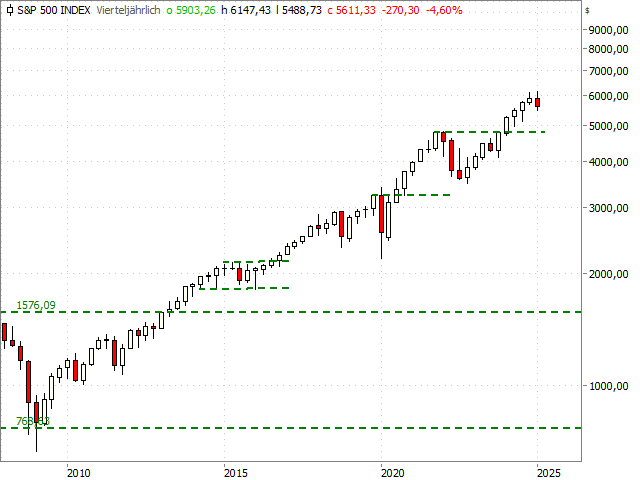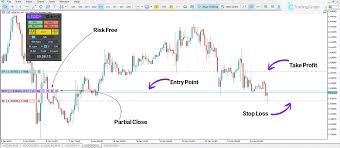Understanding the S&P 500 Index and Its Market Influence

Introduction
The S&P 500 Index, a vital benchmark for the U.S. stock market, comprises 500 of the largest publicly traded companies in the United States. As an essential tool for investors and analysts alike, it helps gauge market trends, evaluate performance, and forecast future movements. Recently, the index has exhibited considerable fluctuations, drawing attention from both retail and institutional investors. Understanding its current status and predictions can be crucial for making informed investment decisions.
Current Market Trends
As of October 2023, the S&P 500 Index is showcasing a recovery trend following a turbulent year. Following considerable volatility in 2022 driven by inflation concerns, rising interest rates, and geopolitical tensions, market sentiment appears to be stabilizing. In recent months, major technology stocks have shown significant gains, contributing positively to the overall index performance. For instance, companies such as Apple, Microsoft, and Amazon have reported strong earnings that exceeded analysts’ expectations, boosting investor confidence.
Moreover, the index’s movement is also being influenced by macroeconomic indicators, including job growth and consumer spending, which are closely monitored by analysts for implications on economic stability. In September 2023, the U.S. economy added over 200,000 jobs, surpassing forecasts, suggesting a resilient workforce and consumer base, which is encouraging for investor sentiment.
Factors Influencing the S&P 500
Several factors are anticipated to influence the S&P 500 in the upcoming months. The Federal Reserve’s policy on interest rates remains a crucial aspect, as any adjustments can significantly affect stock market dynamics. Investors will seek guidance from upcoming Federal Reserve meetings. Additionally, any signs of economic lag or an increase in inflation rates may create further volatility in the index.
Furthermore, external factors like the ongoing international relations will also play a role. Navigating through trade agreements and conflicts can have implications on several sectors within the S&P 500, particularly for firms heavily reliant on global supply chains.
Conclusion
The S&P 500 Index remains a significant barometer of the U.S. stock market’s health, reflecting not just corporate performance but broader economic trends. With the current recovery trajectory, investors are cautiously optimistic about the potential for sustained growth. It is crucial to remain vigilant, as external events and policy changes can quickly impact market conditions. By keeping an eye on these developments, investors can better position themselves to leverage the opportunities presented by movements in the S&P 500 Index.








